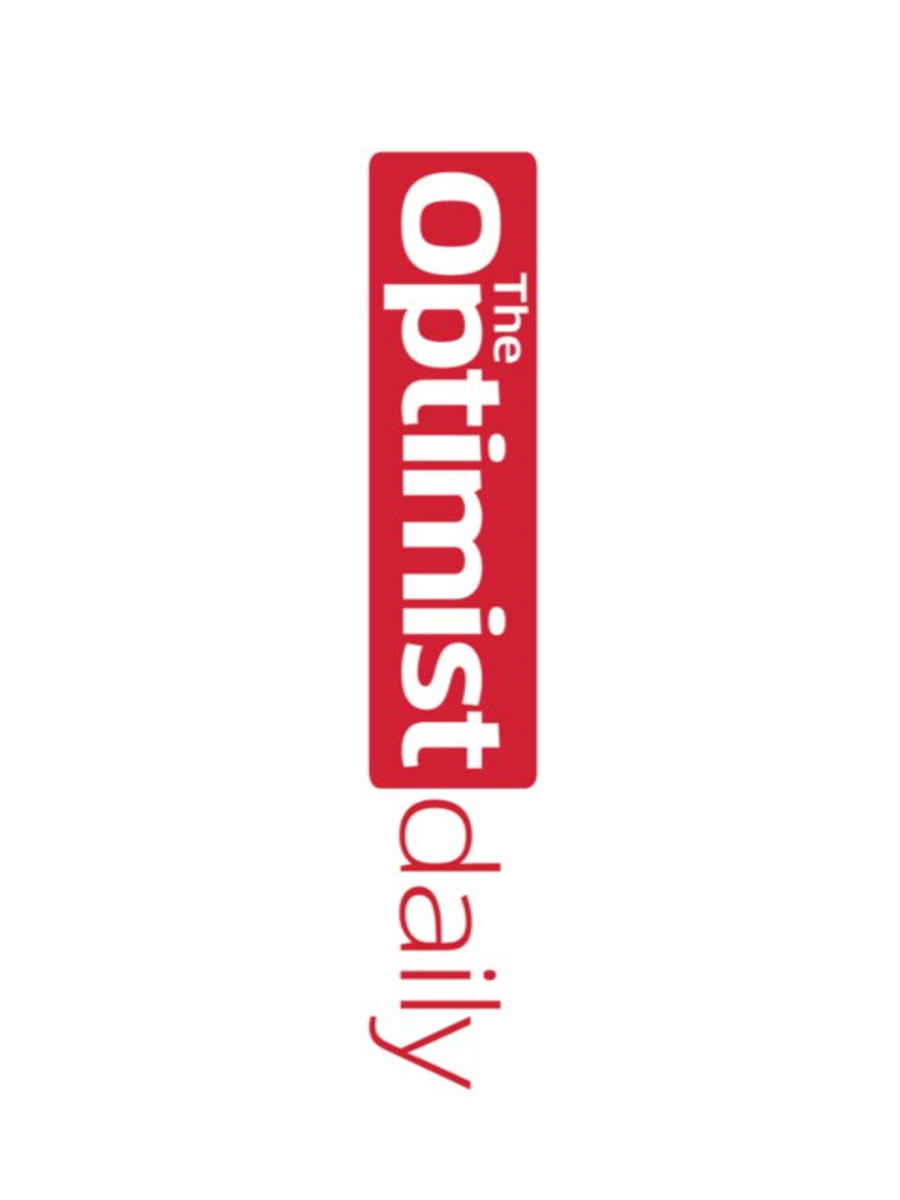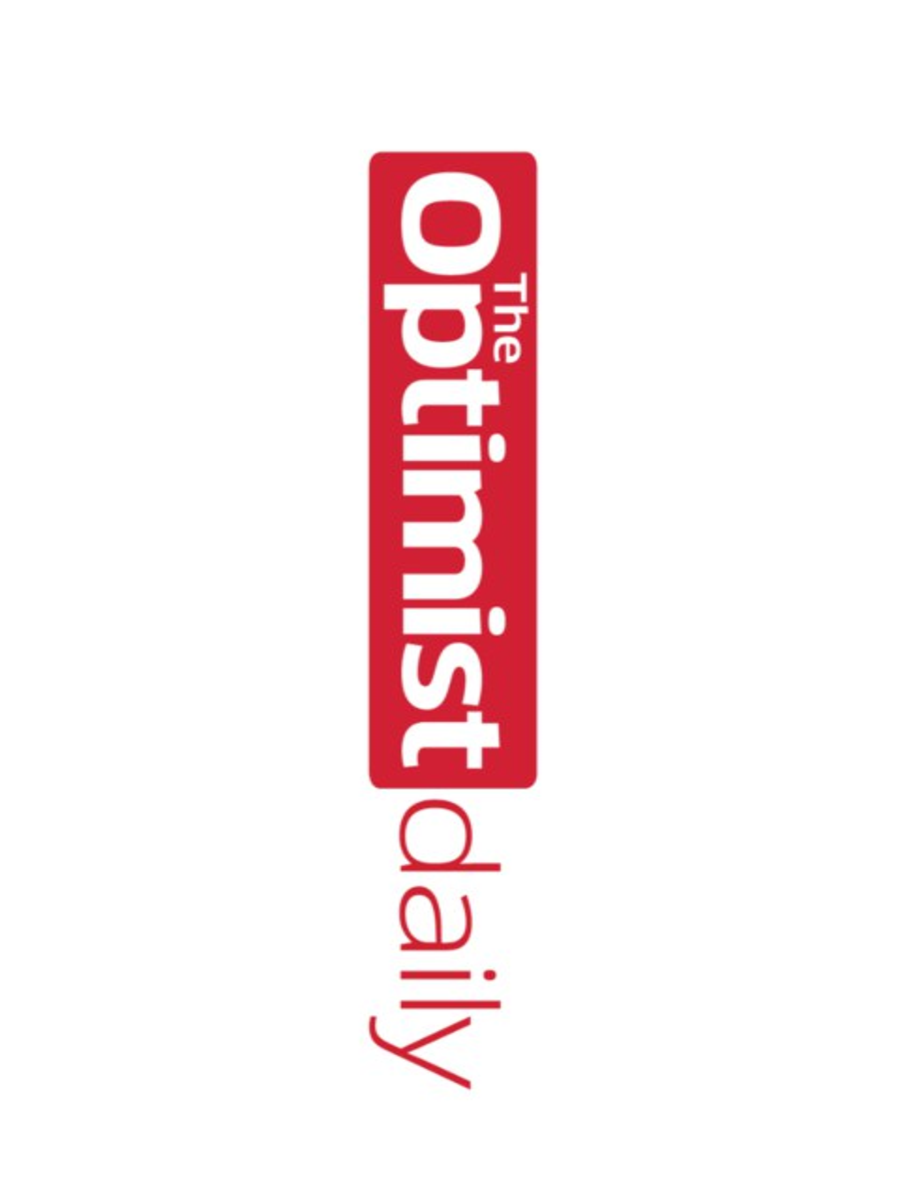We recently shared how Disney added disclaimers at the beginning of many of their movies notifying the audience that the movie contained insensitive and discriminatory depictions of certain racial, ethnic, or cultural groups. Rather than take the movies off their platforms altogether, Disney is using the films to teach about the history of discrimination so we may use the knowledge to move forward towards a more equitable world. Now, in the face of recent criticisms of Dr. Seuss’s books, many librarians are using a similar approach when it comes to outdated literature.
Some libraries have approached potentially problematic literature by creating “historic artifact” sections where books like Little House on the Prairie and Dr. Seuss’ If I Ran The Zoo can stay on the shelves in a separate section, but with a disclaimer that despite their historical relevance, the books do contain offensive descriptions of certain ethnic and racial groups.
Other libraries, like the Nashville Public Library, have started discussion series to stimulate conversations with children about why these books are problematic, stopping at certain passages to discuss why they are hurtful and give more historical context about the time the book was written.
In addition to approaching popular older books with a critical eye, some libraries have also created guides to help parents navigate their way to new family favorites that are more inclusive. The Brooklyn Public Library has a list of popular books matched with more contemporary titles that follow similar themes. For example, they suggest picture books with racially diverse characters like Don’t Touch My Hair for young children and Not Your Sidekick, a book about magic featuring LGBTQ+ characters for Harry Potter fans.
Librarians are inherently opposed to book censorship, but also recognize that some books contain messages and depictions that are counterproductive to the culture of inclusivity, equality, and acceptance they are trying to teach children. These great strategies from librarians offer a solution for acknowledging the role these books play in literary history and how to move forward and learn from the areas in which they fall short.
This story is part of our ‘Best of 2021’ series highlighting our top solutions from the year. Today we’re featuring education solutions.












